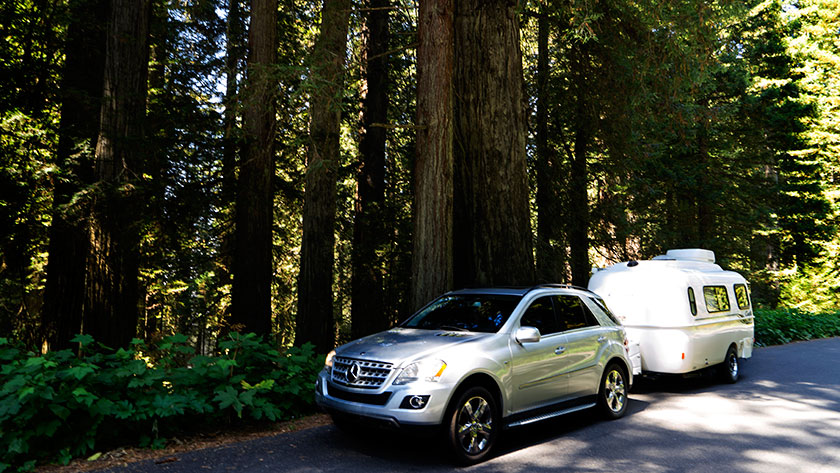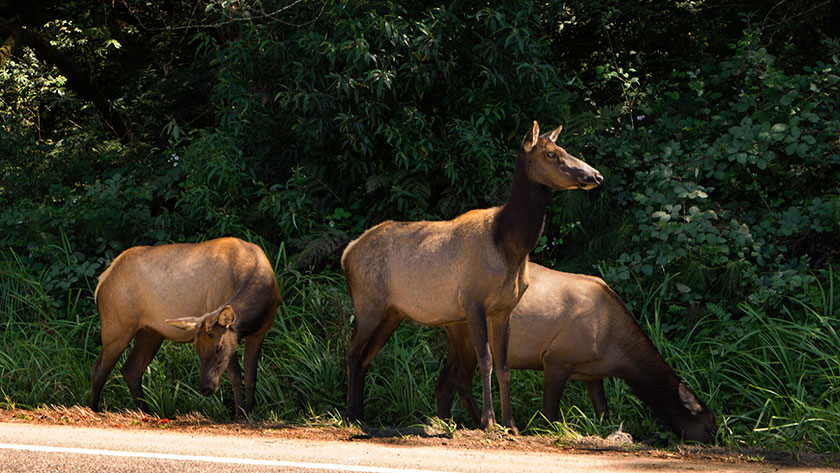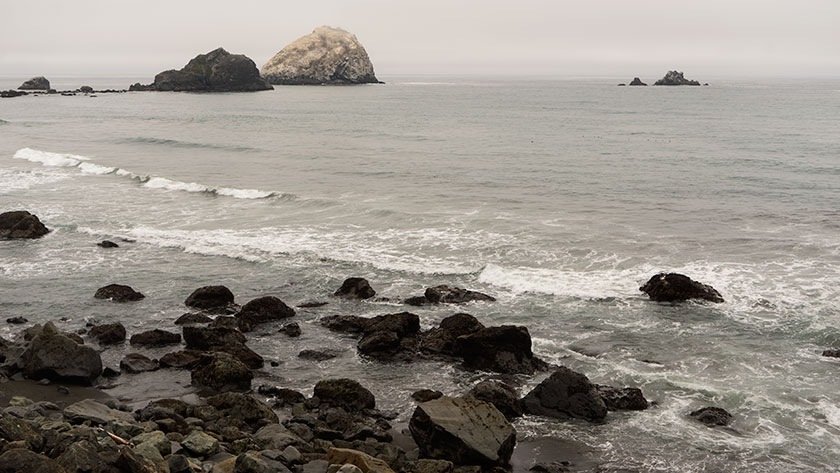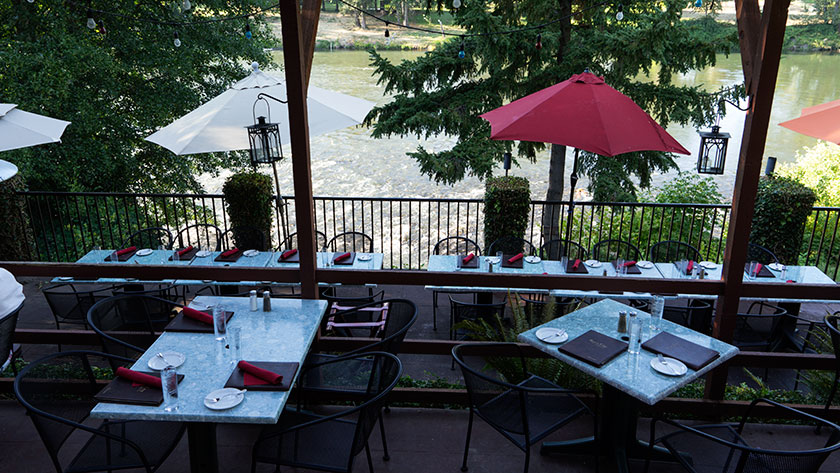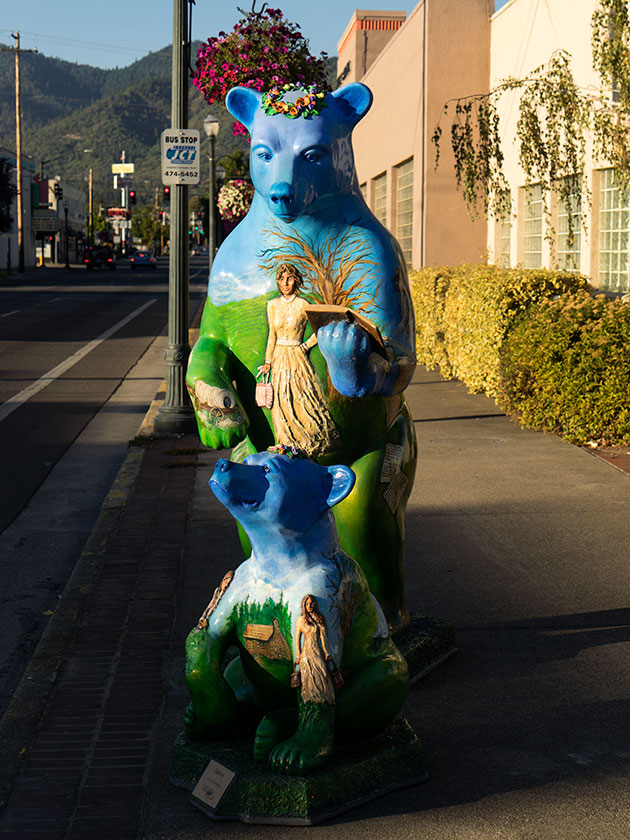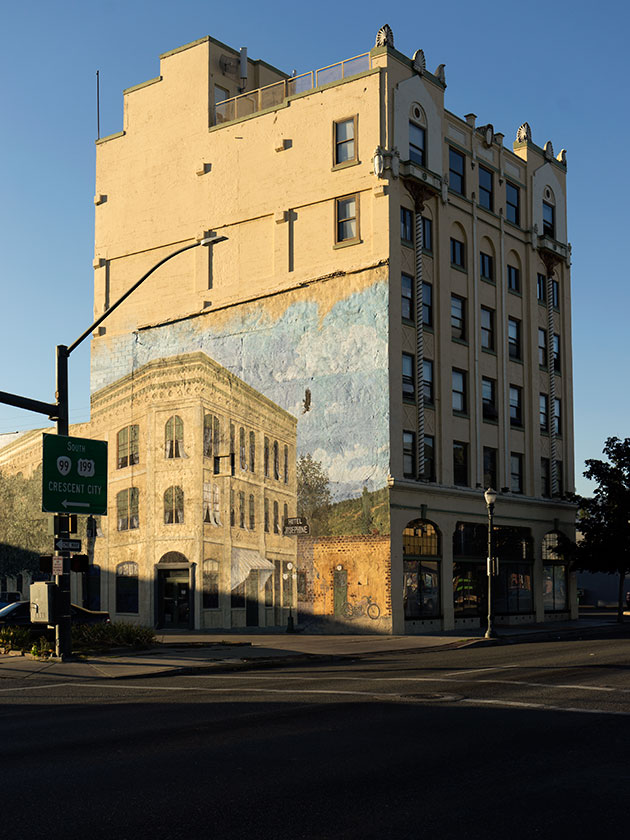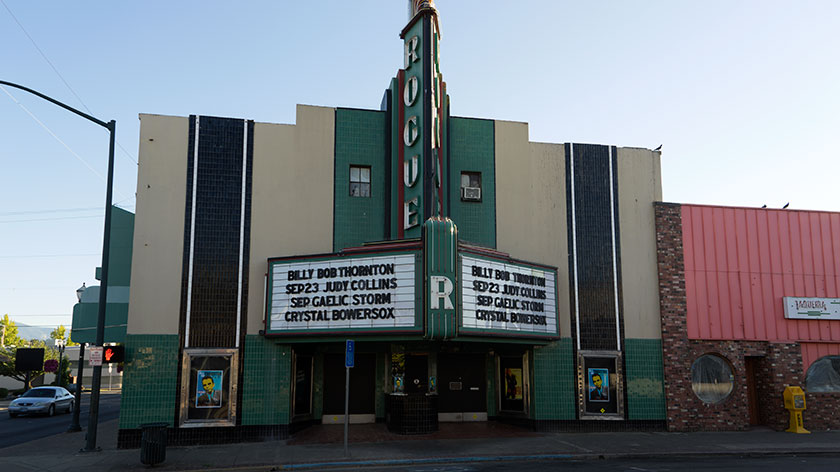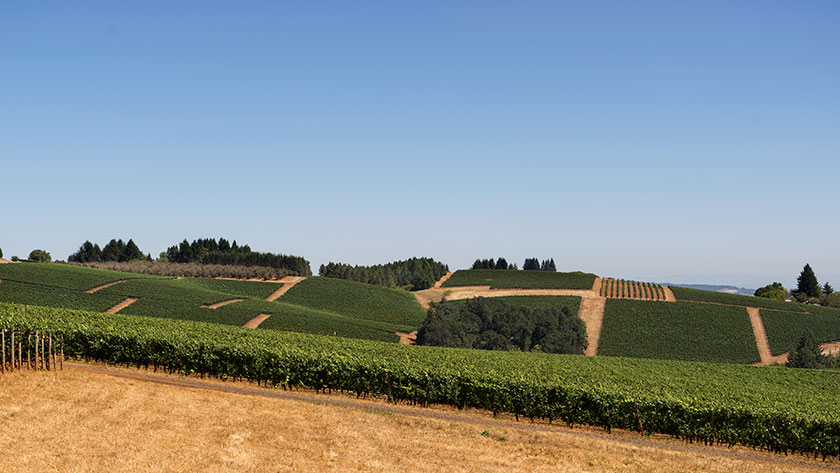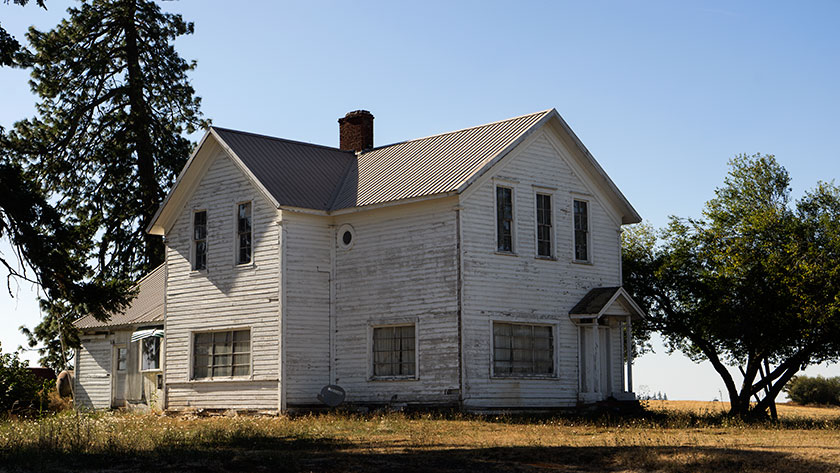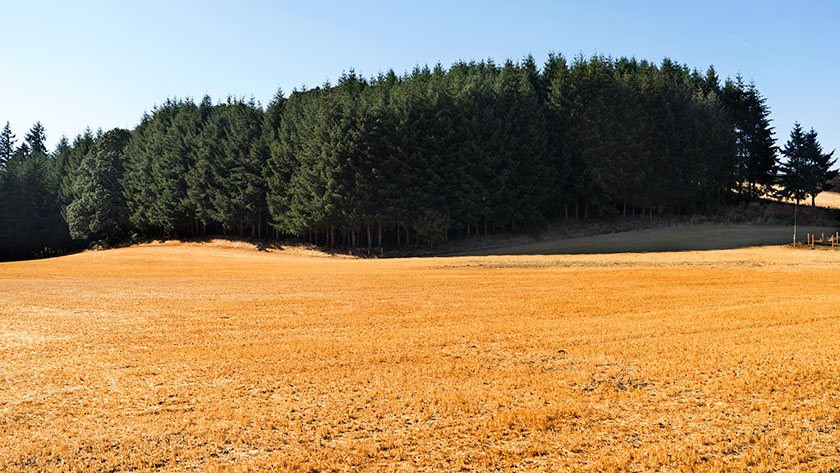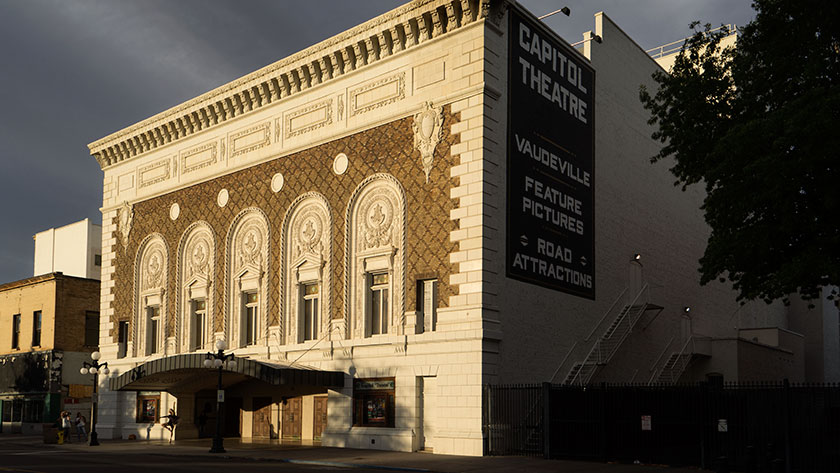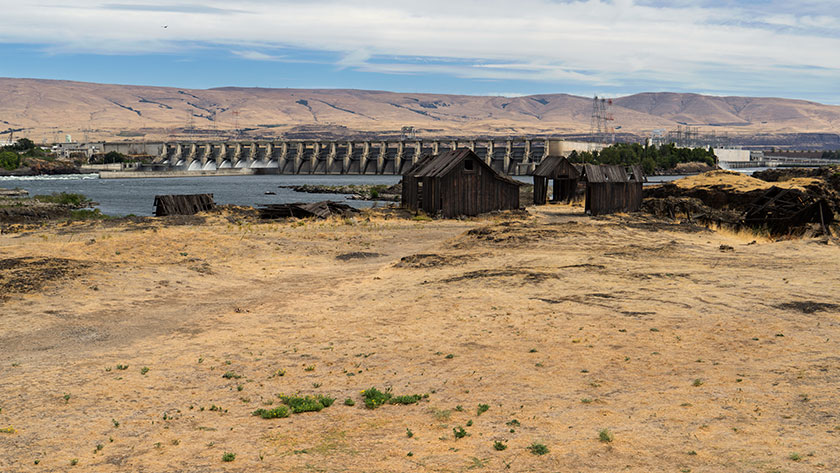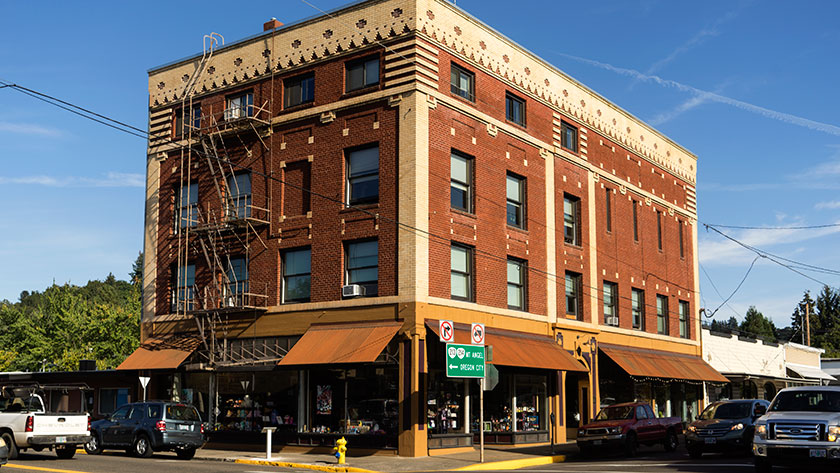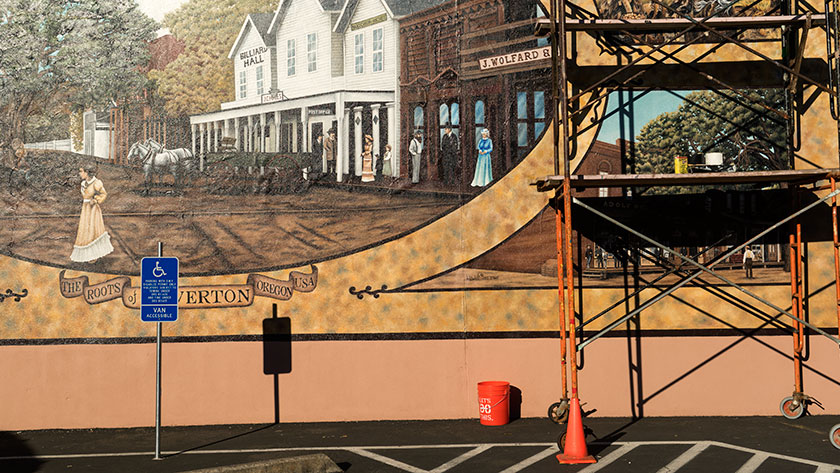Today, I shot enough gingerbread houses to make my teeth hurt. We spent time walking around Old Town Eureka, which has a good collection of buildings from that period. That wasn’t enough. Fifteen miles down the road is Ferndale, with even more Victorian style buildings. After a half day of ornate buildings, I had to drive out into the countryside to shoot an unpainted barn to balance my senses.
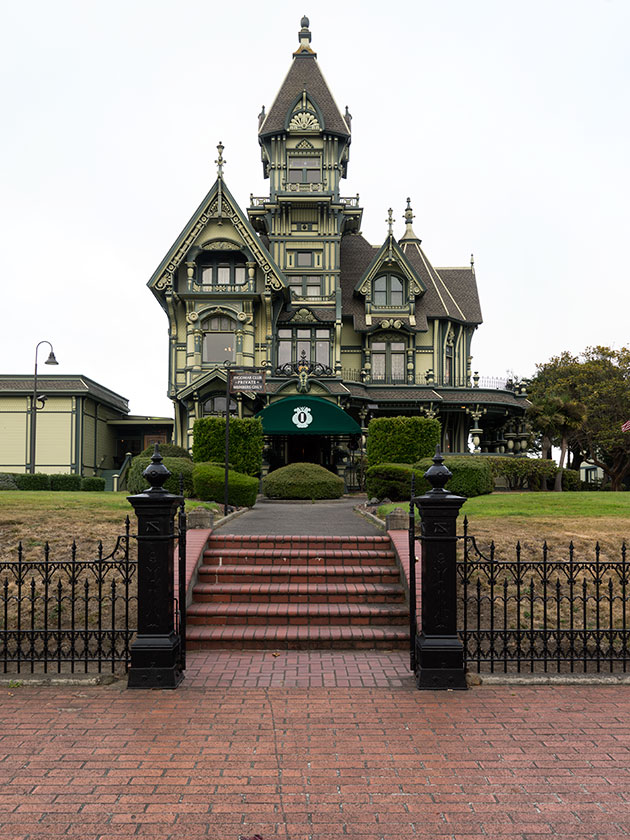
Today’s weather was cool and overcast, as it is often along the northern coast of California. It’s not cloudy in the normal sense, it’s more of a fog that’s a couple hundred feet in the air. If you drive up any substantial hill, you’ll be in the clouds, and then looking down on them soon after that. It’s all due to the Humboldt Current (which is too long of a story for this blog).
For those of you that are unaware, I confess to being a ‘foodie’. I like to try new foods (to an extent). Since I like to cook, I try to recreate tastes that I like in my kitchen. I’m not a trained chef, but I’m an avid Food Network watcher, and I’ve seen every Dinners Drive Inns and Dives (Triple D) a couple of times. With that in mind, it surprised me to learn that the host, Guy Fieri is from Ferndale and worked at a couple of local restaurants before flying off to Europe for training. I learned all of this by reading an article pasted in the local paper’s window. Wow.
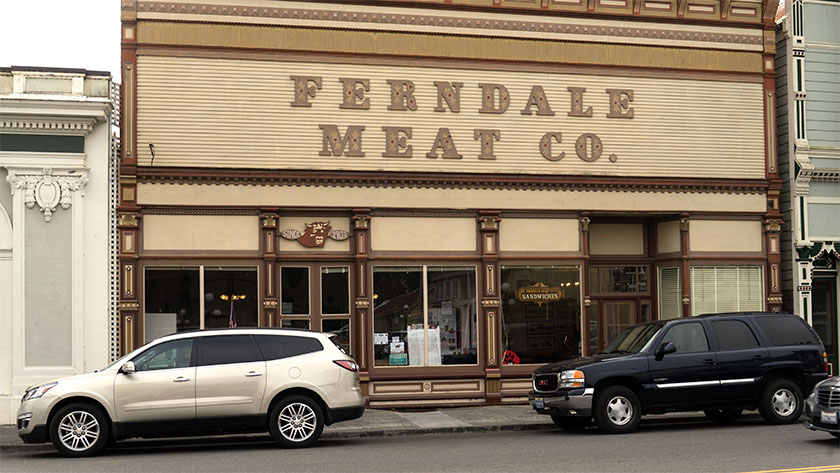
On our trips, we try to look up good places to have dinner. In Eureka, it’s obvious that the younger generation are more adept at online reviewing. The local brew house was the number one choice, while the seafood restaurant we ate at last night was down on the list. I’m sorry to disagree, but burgers and wings in a loud atmosphere don’t trump linen and superior seafood and immaculate service.
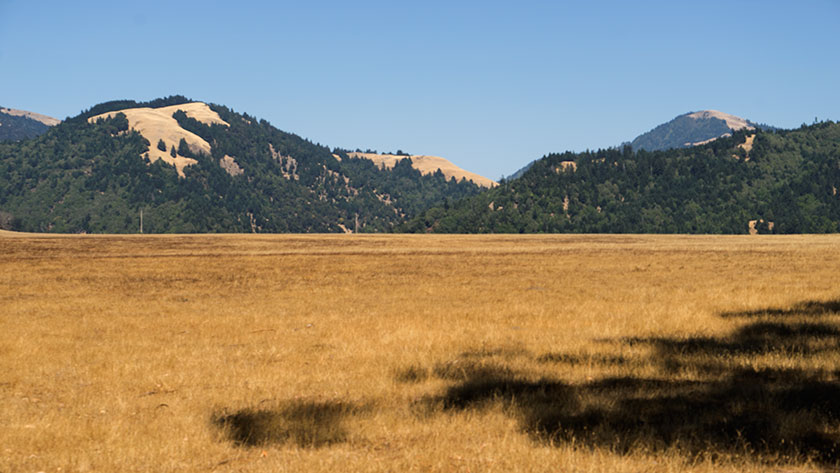
Tomorrow we’re on the move again, this time to Fort Bragg. Or as I like to call it, the poor man’s Mendocino. It’s not that far of a drive, but we’ll likely spend a lot of time in the giant redwoods we’ll be driving through. Only the Sequoia’s in the Sierra’s are larger. I really want to take some time to capture their grandeur for you.
jw

